Jonathan Anderson fills Ruinart's one-bedroom hotel with designs from his own home

Jonathan Anderson has started small for his first hotel design project. The Loewe creative director and founder of JW Anderson has crafted a new one-bedroom hotel, Ruinart Hotel 1729, that opens today for just two weeks in London, following its inaugural iteration in Primrose Hill last year.
Located on one of Notting Hill's imposing residential boulevards – whose black iron railings and white-brick facades remain centuries unchanged – the townhouse looks like any other on the avenue; bar an out-of-sequence house number on the gate – ‘1729'; the year French champagne maison Ruinart was founded.
Deceptively bijou, Ruinart Hotel 1729 comprises just the one bedroom suite (which, granted, stretches the entire first floor), an open-plan family kitchen, formal living room, pretty courtyard garden, and roof terrace. The homely space allowed Anderson the opportunity to intimately express his working process and design ideals in the most personal of ways. To which end, he chose to fill it with beautiful art, tableware and furniture from his own home and personal collections, picking pieces that resonate with him and the French champagne house alike. The choices result in part from a recent trip Anderson took to Maison Ruinart, marking the designer's first time in the Champagne region, where he was inspired to learn more of the etiquette of eating, drinking and living at the time of Ruinart's inception.

Basket by Joe Hogan, in the hallway of Ruinart Hotel 1729
A heavy door opens onto a sunshine yellow entrance hall (which is Pantone's Traditional British Stately Homes colour); where an impressive stack of Dutch Delftware plates, chargers and vases mosaic the wall in blue and white. They demonstrate how Holland was influenced by (and imitated) the Oriental style in the mid 18th-century – a fashion which was also exported to France and England during Ruinart's 1700's genesis.
Also in the hallway, an oversized wicker basket from 2018 Loewe Craft Prize nominee Joe Hogan sprouts spring blooms. Anderson previously commissioned Hogan to make several pods, which were displayed at the Loewe S/S 2019 show.
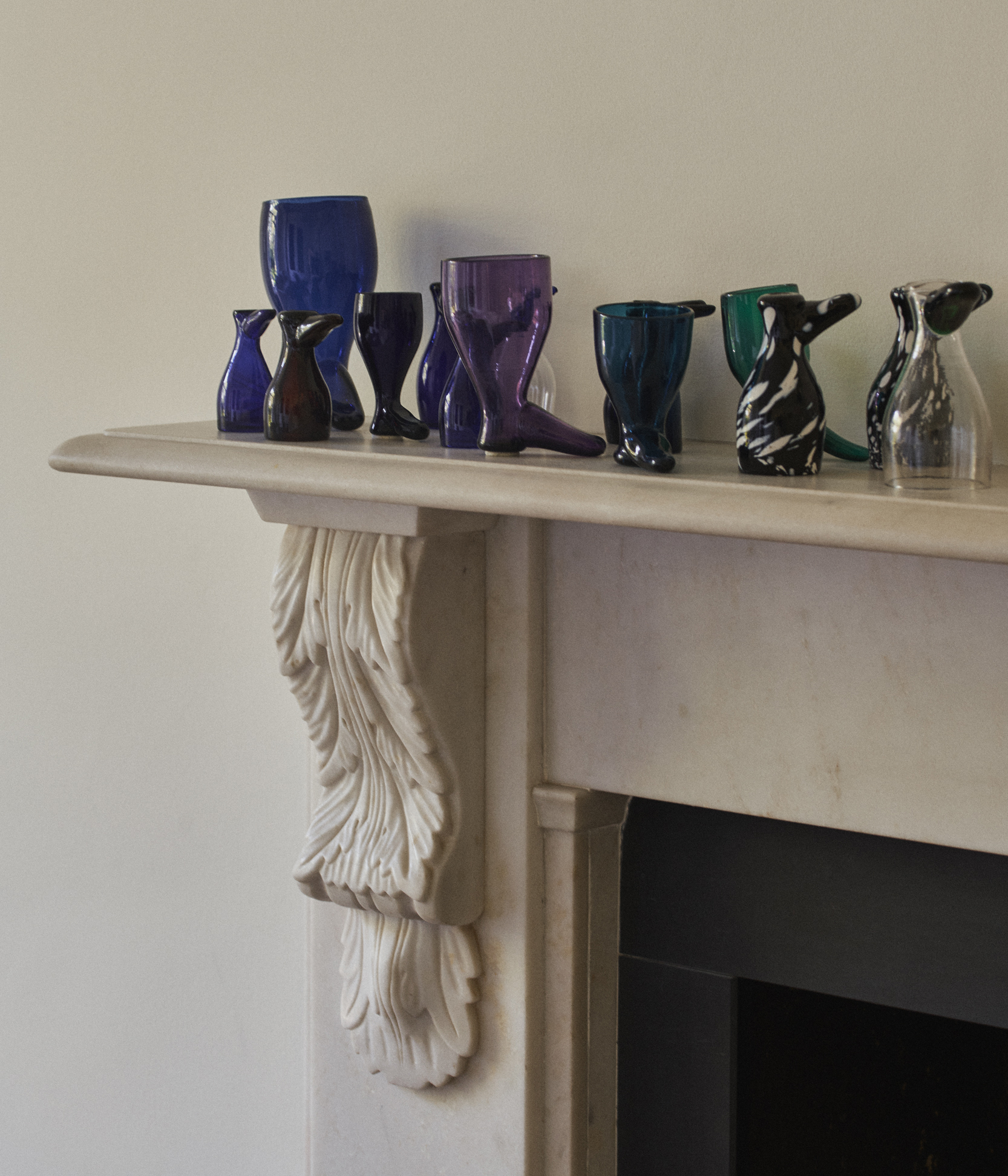
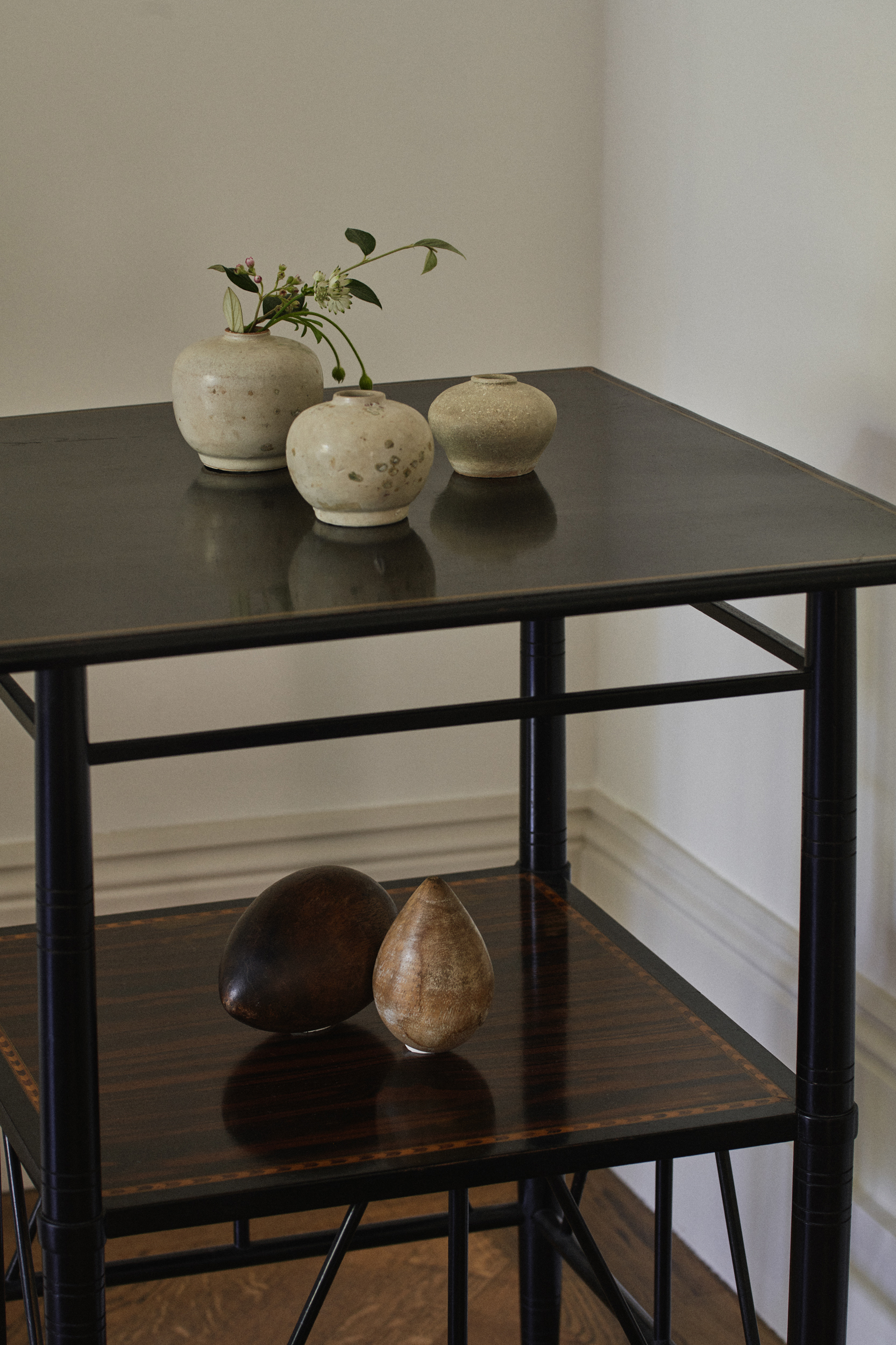
Top, from Anderson's collection of antique glass boots. Bottom, shipwrecked ceramics, on E W Godwin. Collinson & Lock coffee table, Ruinart Hotel 1729
The living room mantelpiece clinks with a clutch of precious glass boots, fronted by a pair of rare Anglo-Japanese Rosewood coffee tables, one of which boasts foraged shipwreck ceramics – barnicles and all. Meanwhile, an abstract 2017 Martin Belou mobile gently rotates in the corner, signifying Anderson's deft ability to match the antique seemlessly with the new; or as he phrases it, ‘nostalgia and contemporary innovation'.
‘We are now in the moment of recycling, which I love,' he continues. ‘There is a romance to glass, and other things that are second hand – and the same goes for champagne.' Of which, a history of antique champagne flutes scales the kitchen wall downstairs, in a tower of exceptionally rare tazzas, sweetmeat dishes and jelly glasses. One only hopes the dinner parties don't get too raucous.
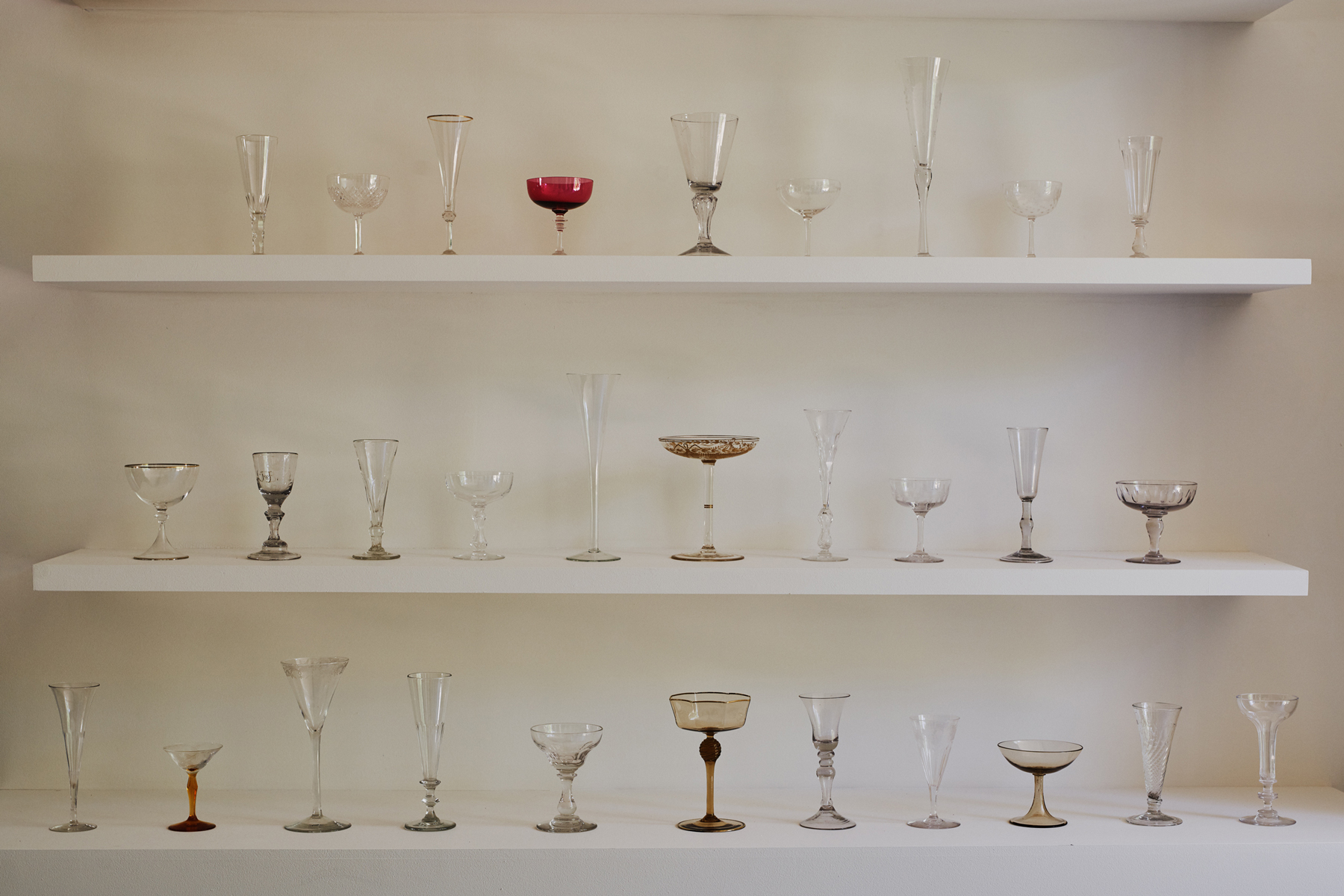
Rare champagne glasses through the ages, Ruinart Hotel 1729
Perhaps the piesta-de-resistance is the tableware; a personal joy of Anderson's. For the settings, he was inspired by the 1735 Jean-François de Troy painting Le Déjeuner d'Huîtres, (The Oyster Lunch), which sees a group of French noble folk supping on mountains of oysters, discarding pearl-like shells across the floor. ‘I’ve been interested in the etiquette of eating ever since I was a child, so when I saw this painting, I thought… we do not live like this anymore, but there is something in the conceptualism of eating in this style today.'
The extravagant table dressing somehow reamins true to Anderson's unique form of minimalism, offering an intriguing way of valuing antiques in contemporary settings. More Japanese blue and white ceramics pile high, alongside English and Irish Regency period cut glass jugs, ice buckets and water bowls; which represent the height of 18th century sophistication when ice would have been an absolute rarity.
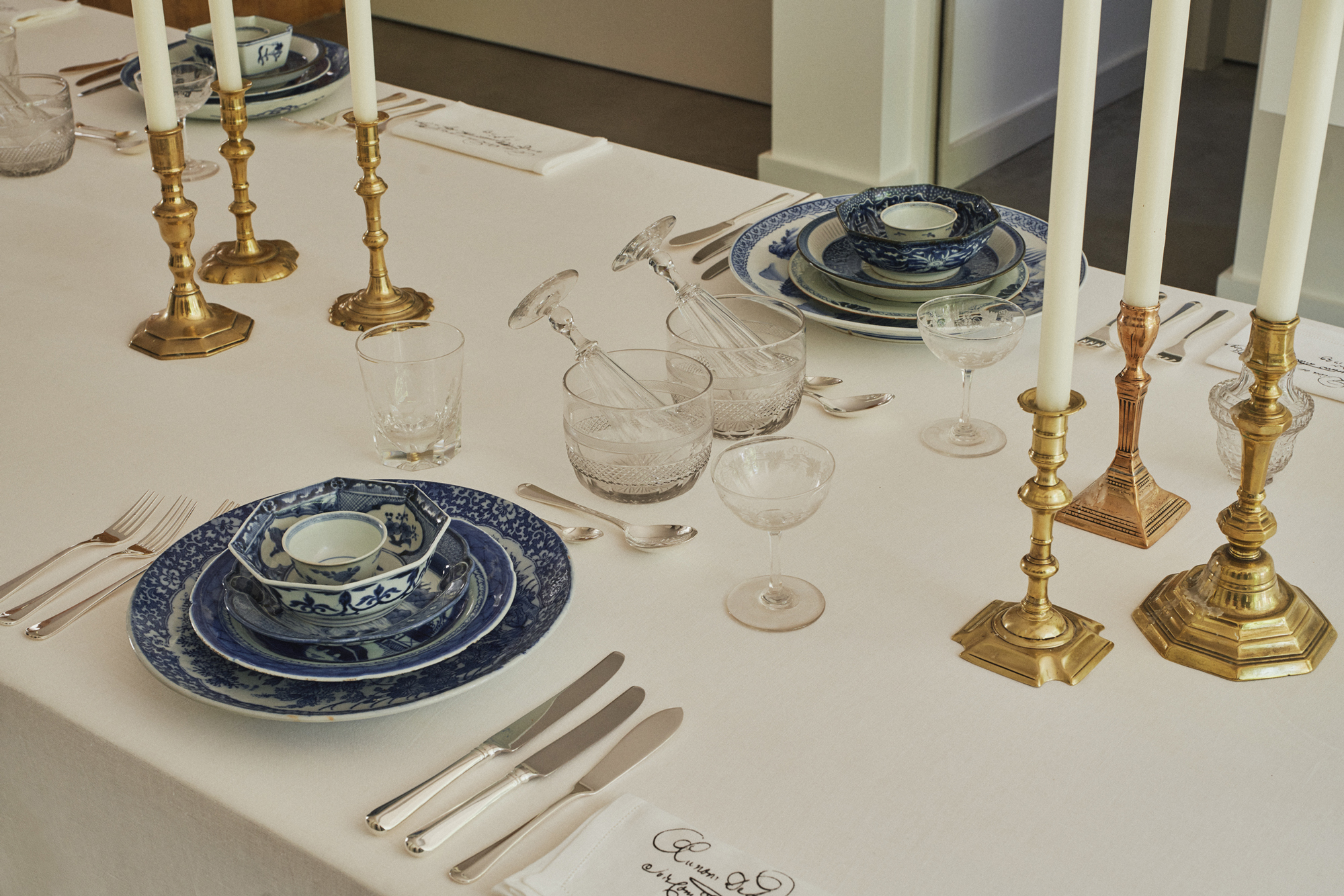
Tableware, Ruinart Hotel 1729
Blessing the tableware is head chef Luke Selby (previously of HIDE fame), who has developed a luxurious menu filled with treats (zestily-dressed oysters, buttery salmon with crisp apple scales, and charred duck breast) to complement a cellar of Ruinart wines.
With just one King-sized suite up for grabs; only 20 guests will have the opportunity to fold themselves in Ruinart Hotel 1729's floury Irish linen. However each evening, the residents can invite up to eight friends for a dinner party to remember – 18th century debauchery included. (Hide the Delftware).
INFORMATION
Receive our daily digest of inspiration, escapism and design stories from around the world direct to your inbox.
Elly Parsons is the Digital Editor of Wallpaper*, where she oversees Wallpaper.com and its social platforms. She has been with the brand since 2015 in various roles, spending time as digital writer – specialising in art, technology and contemporary culture – and as deputy digital editor. She was shortlisted for a PPA Award in 2017, has written extensively for many publications, and has contributed to three books. She is a guest lecturer in digital journalism at Goldsmiths University, London, where she also holds a masters degree in creative writing. Now, her main areas of expertise include content strategy, audience engagement, and social media.
-
 Zbeul Studio's 'future relics' merge traditional craft with unexpected materials
Zbeul Studio's 'future relics' merge traditional craft with unexpected materialsWallpaper* Future Icons: Paris-based studio Zbeul merges archaeology, craft, and design, taking the design process to innovative places
-
 Deep dive into Carlos H Matos' boundary-pushing architecture practice in Mexico
Deep dive into Carlos H Matos' boundary-pushing architecture practice in MexicoMexican architect Carlos H Matos' designs balance the organic and geometric, figurative and abstract, primitive and futuristic
-
 Click to buy: how will we buy watches in 2026?
Click to buy: how will we buy watches in 2026?Time was when a watch was bought only in a shop - the trying on was all part of the 'white glove' sales experience. But can the watch industry really put off the digital world any longer?
-
 Unleash your socialising superpowers with the Wallpaper* Entertaining Issue, on sale now
Unleash your socialising superpowers with the Wallpaper* Entertaining Issue, on sale nowGet your sublime supper party started – or hit the town in style – with the December 2025 issue of Wallpaper*, on newsstands now
-
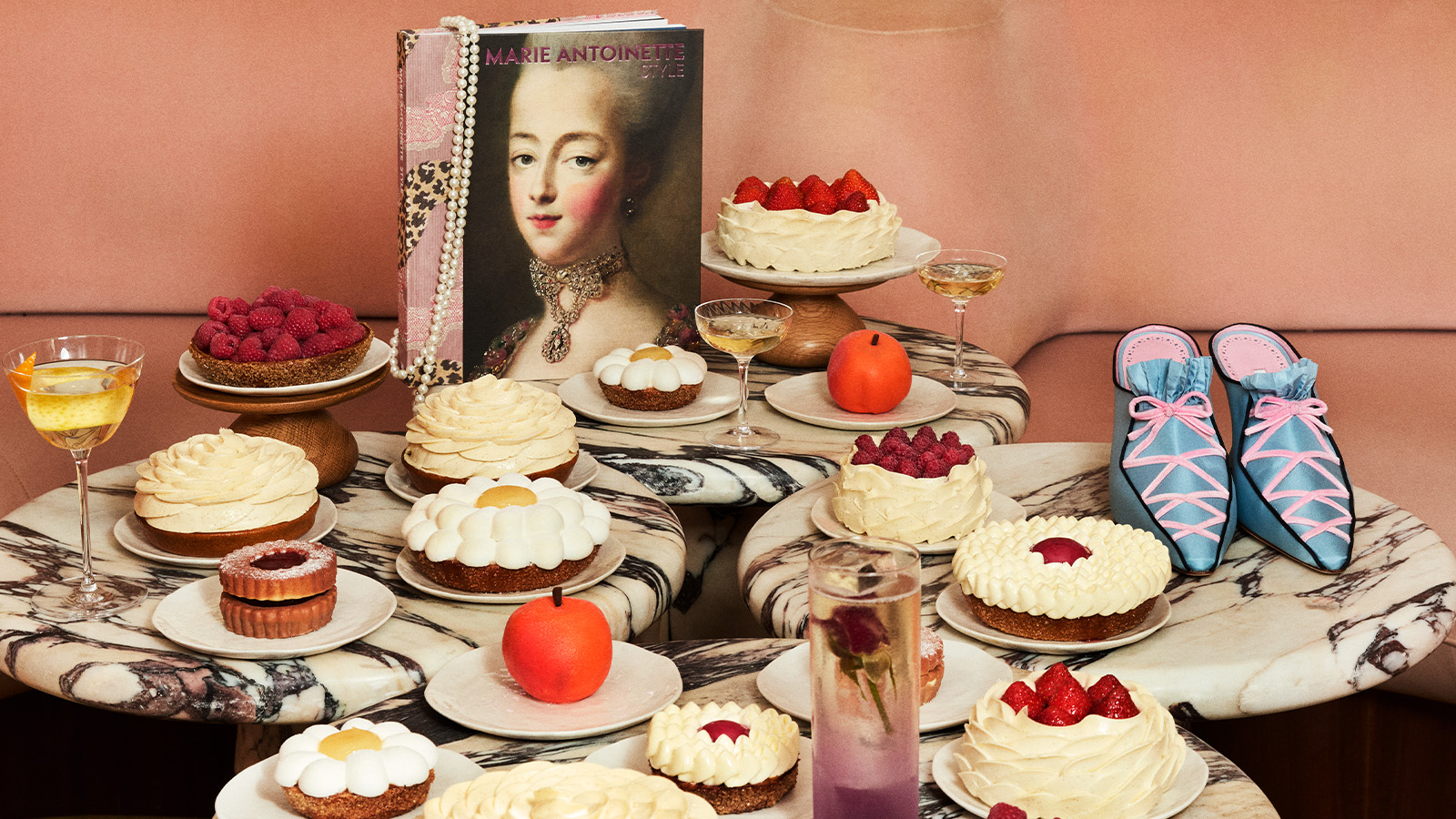 Let them eat cake (and drink cocktails) as Manolo Blahnik and The Berkeley unveil a new menu fit for a queen
Let them eat cake (and drink cocktails) as Manolo Blahnik and The Berkeley unveil a new menu fit for a queenThe hotelier and renowned designer has teamed up on an exclusive cake and cocktail menu to celebrate the V&A’s landmark exhibition ‘Marie Antionette Style'
-
 The artistry of Japanese wine
The artistry of Japanese wineFine wine from Japan may not yet register highly on the radars of most oenophiles, but for those who know, it's a hugely rewarding and rich tapestry of flavour. Drinks expert, Neil Ridley visits London's Luna Omakase for the launch of a new dedicated Japanese wine pairing menu
-
 From The Fat Badger to The Bull, how Public House is redefining the British pub
From The Fat Badger to The Bull, how Public House is redefining the British pubInside the design-driven food group putting provenance, craft and community back at the heart of pub culture
-
 Guests dined on Bangladeshi-inspired cuisine at the Serpentine Summer Party 2025
Guests dined on Bangladeshi-inspired cuisine at the Serpentine Summer Party 2025The party marked the 25th anniversary of the Serpentine Architecture Pavilion – and celebrated this year’s design by Bangladeshi architect Marina Tabassum and her Dhaka-based firm
-
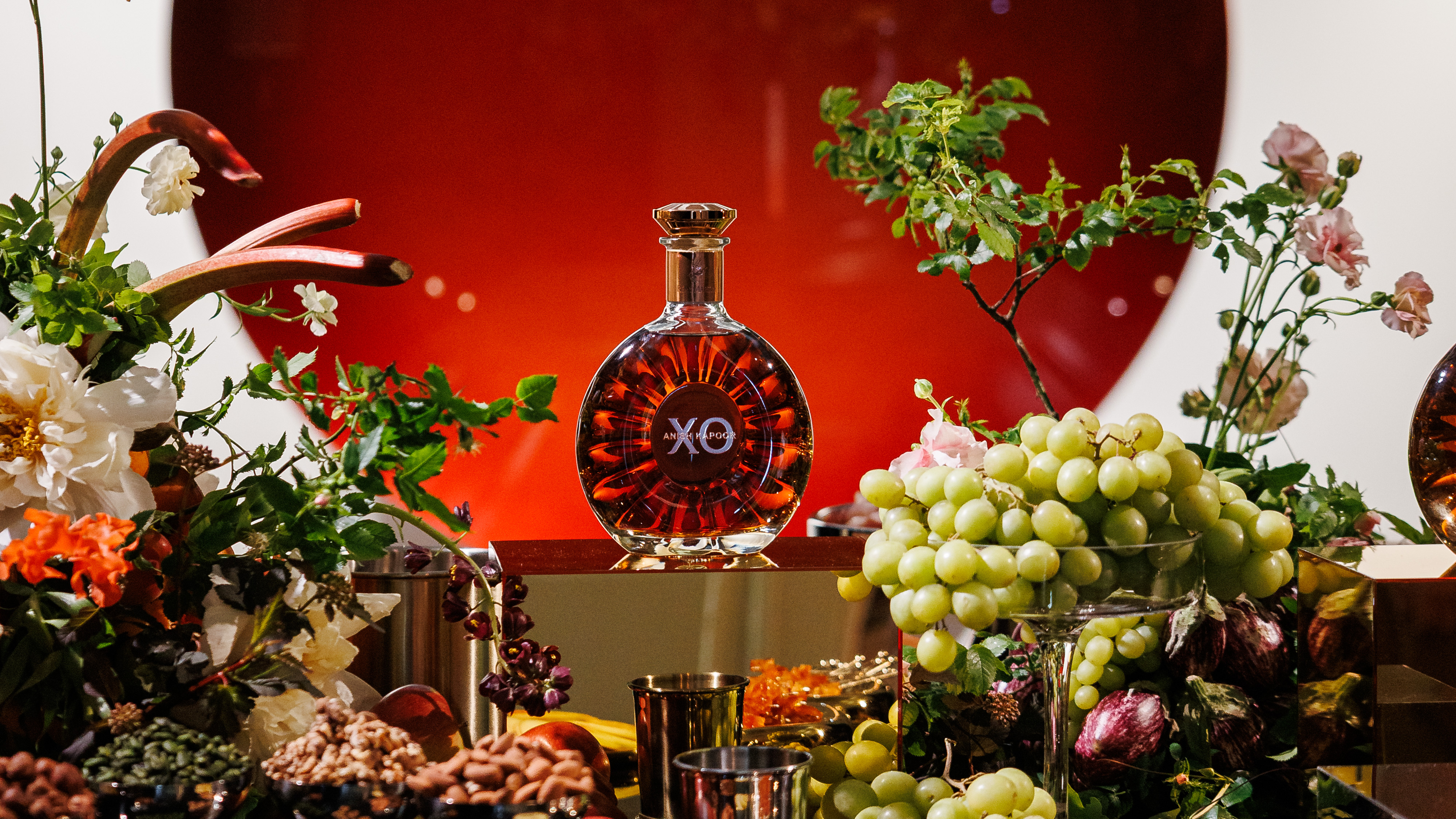 Rémy Martin and Anish Kapoor: art meets cognac in London
Rémy Martin and Anish Kapoor: art meets cognac in LondonThe cognac house and the artist unveiled a limited-edition XO decanter and a new sculpture in London at a recent event at the Institute of Contemporary Arts
-
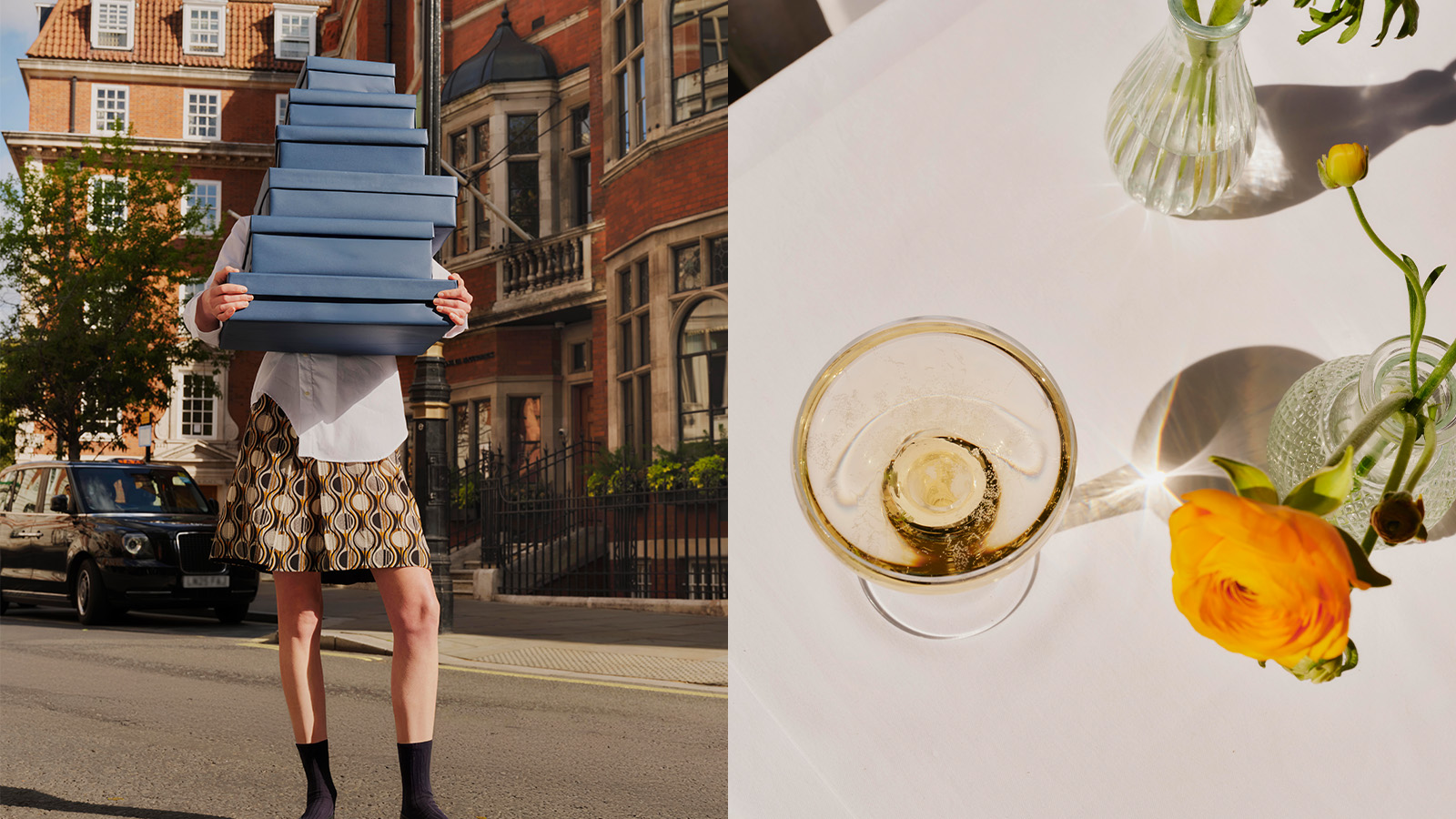 Mark your calendars for Mount Street Neighbourhood Summer Festival, a feast for the senses
Mark your calendars for Mount Street Neighbourhood Summer Festival, a feast for the sensesThe event, 12-14 June 2025, showcases the mix of food, art and community in the heart of London’s Mayfair. Here's what to expect, from afternoon tea to aperitivo, film screenings to biodynamic flowers
-
 Healthy chocolate? Eat it at Makers, London’s new Lebanese chocolatier
Healthy chocolate? Eat it at Makers, London’s new Lebanese chocolatierLocated in Chelsea, Makers is a new ‘healthy chocolate’ shop offering treats free of refined sugar, seed oils, wheat and dairy – and it tastes delicious